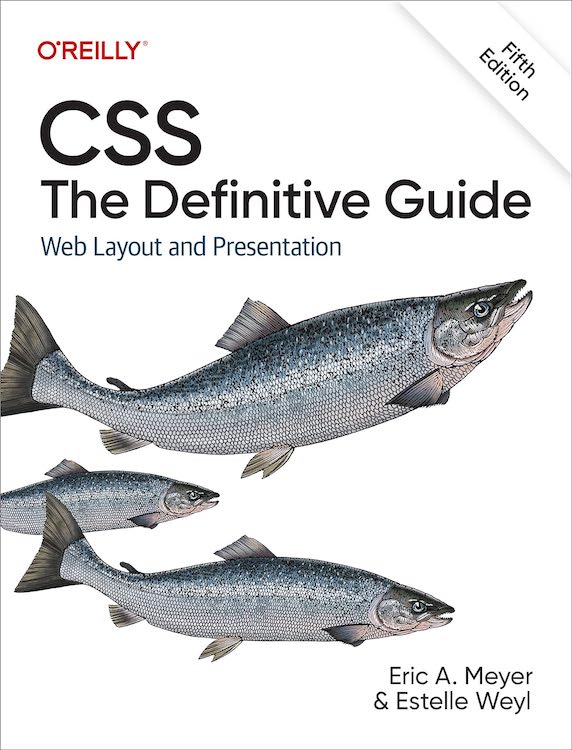Jason Fried, one of those savvy 37signals guys, posted recently to express some disappointment about the tone of SXSW04i.
I’d like to think I introduced new and different ways to approach common UI quandaries with my presentation, but I left the conference looking for more. And not necessarily more presentations, but more conversation in the hallways. All I could hear was CSS CSS CSS.
…which would indicate, to me, that the job of convincing developers to use standards-oriented design is not yet complete… unless of course the “CSS CSS CSS” heard was people saying, “Jeez, I’m sick of hearing about CSS CSS CSS all the time. We get it already. Why can’t we hear more about X, Y, or Z?” Which I didn’t hear, but then perhaps I wouldn’t. If CSS-driven design still has a lot of buzz, then people are still interested in figuring it out how to better use it.
After all, table-driven design is a tool, and CSS-driven design is another tool. All the talk about CSS is an outgrowth of the continuing effort to show why the shiny new tool is better in many ways than the old, familiar tool. (“New” is a relative term there.) Once you’ve figured out that it’s time to upgrade, it’s tempting to think that there’s no reason to keep promoting the new tool. After all, you’re using it and it should be intuitively obvious to anyone that it’s the right choice. Sadly, that’s not so. And it should be said that the limitations in CSS layout help prolong the conversation. There are some layouts that don’t work well, or at all, without using table markup. There needs to be a good CSS-G (Grid) or CSS-L (Layout) defined and widely supported before we can really get on to ending all the talk about what design tool to use.
Still, I basically agree with what Jason has to say:
Web standards are great, but people’s own standards include getting things done (and that’s still too hard to do online).
UI designers are making the same old fundamental “forgetting about the human being on the other side” mistakes — except this time their code looks better. Humans — not code validators — use interfaces.
There needs to be more talk about people and goals and scenarios and tasks and clear communication and clear function. More talk about what it’s like to be a human clicking and pointing and struggling to make sense of all this “stuff” that web sites think we need to know and interfaces think we need to do.
Yes! I was sorry that I had to miss Jason’s presentation at SXSW04i, because I’d like to learn more about making UIs work better. I’m no usability expert, as I’m sure anyone at 37signals or UIE would be happy to confirm. There definitely should be more talk about improving usability and design of sites. The people who know how to do that stuff therefore need to propose and organize such panels for the next SXSW, or whatever conference they’ll be attending. Jason did that for SXSW04i, but we need more people to do the same.
Because as long as SXSW keeps approving CSS panels, people are going to be talking about it. If the majority of proposed design panels are about CSS, then it stands to reason that the majority of approved panels will be the same. In some sense, I’d love to see a conference where there were so many other and more interesting panel proposals that there wasn’t room for Yet Another CSS Is Cool Panel. Heck, I’d like to attend a conference like that, because I could really enjoy attending it instead of spending half my time and a couple of late nights worrying about what I can say on my panel without boring or confusing the audience. (Once you count the discussions, false starts, fine-tuning, rewrites, and reworkings of the material, I spent something like ten hours preparing for my ten-minute panel segment.)
If you want the design discussion to be more about people, as I agree it should be, then it’s time to start writing articles, posting to blogs, making newsgroup posts, and presenting conference sessions about it. It will probably take a huge heap of time, way too much energy, and a near-infinite amount of patience to get the ball rolling in the direction you want. Of course, you won’t get paid for any of it; hell, you’ll be lucky if you’re thanked for any of it. That’s what I and a great many other people went through to get things moving toward using standards instead of allowing sites to continue being as heavy and labrynthine as a shelf of Umberto Eco novels. At no point did the obvious advantages of standards-oriented design sell themselves, lazy sots that they are. It all had to be done by a group of scattered, largely uncoordinated, individually driven volunteers who took up the effort because they thought it was The Right Thing To Do. Is it any wonder that, on occasion, we were perceived as being zealots?
I will say, standing where we are today, that for me it was all worth it. If I’d known ahead of time what would be required, I’d never have started; and I’m sure that if I could clearly remember what was required that I’d swear never to do it again. (I’m told that parenting is much the same.) I don’t think the effort can be called complete, but we’re past the hardest part. Major sites are migrating away from the bloated code of yore and reaping the benefit of simplified, semantic markup. And it’s true that I do get paid by clients to help in that effort, although I’d like to think that the investment pays off many times over in improved page load times, reduced bandwidth consumption, faster and more efficient maintenance, and so on. That’s true today. For a little bit more than half a decade, it wasn’t.
To come back to my point: yes, we need to have more of a discussion about making the user’s life easier. I’ve done and still do my part, in promoting the use of techniques—tools, if you like—that remove technical barriers to that goal (thanks to reduced page weight, et cetera). That’s the part I know. I hope that people in other areas of the Web design space will be willing to expend the time and energy needed to explain the parts they know. I’d love to learn new ways to make my site better, and that can help my clients make their sites better. I’m all about that. I’m ready. Let’s do it!
 She’s suffering through another cold, but that doesn’t seem to prevent her from being just too adorable for words. Now, I know it isn’t the right finger, but I still can’t help thinking, “One billion dollars!”
She’s suffering through another cold, but that doesn’t seem to prevent her from being just too adorable for words. Now, I know it isn’t the right finger, but I still can’t help thinking, “One billion dollars!”
 I have in my hands a physical copy of the
I have in my hands a physical copy of the